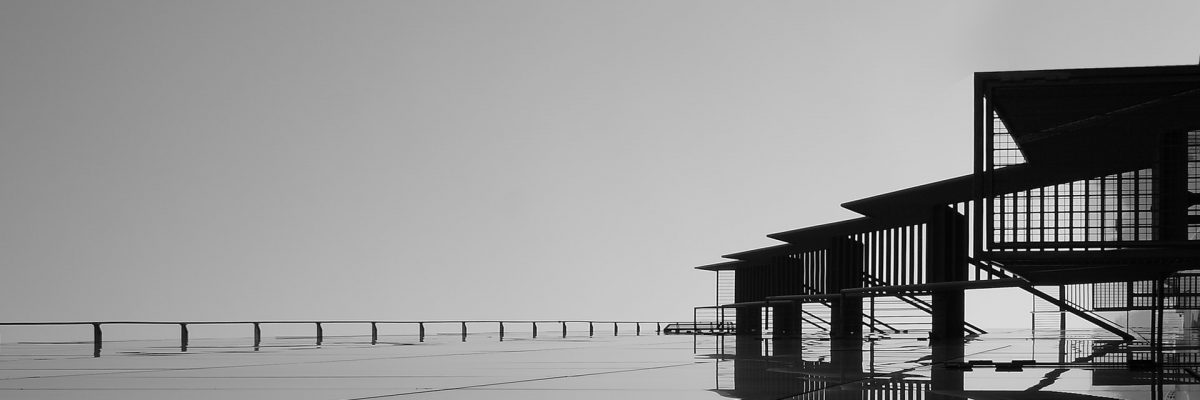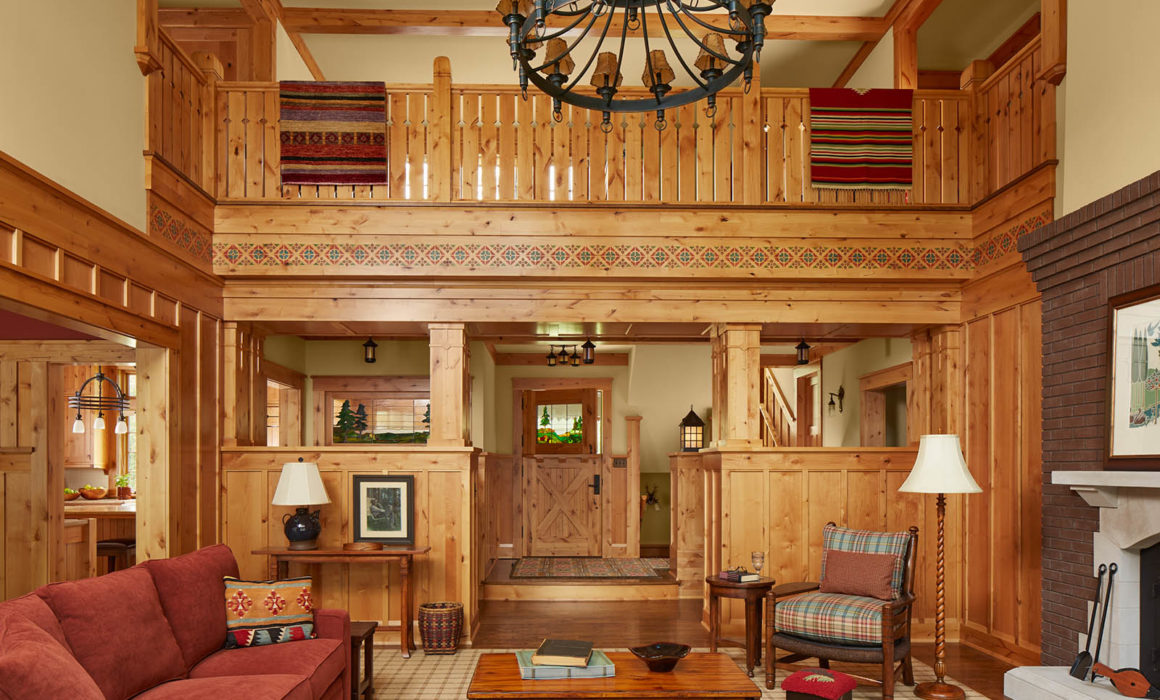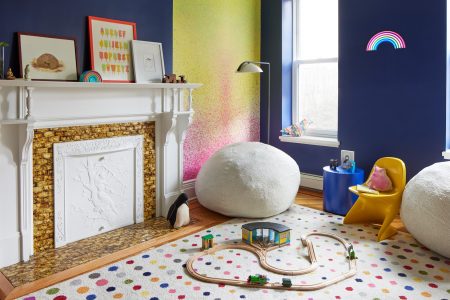If you want inspiration for your home décor, it can be found everywhere – from history to movies. But I suggest you step back 100 years in time and focus on the 1920s home décor. So, let’s take a look back at what homes looked like when your grandparents were born (of course, if they were born during the 1920s).
1920s Living Room

The living room was the heart of houses during the 1920s, with the fireplace as its focal point. If you want a touch of the Great Gatsby era in your home, I recommend geometric print wallpaper for your walls, which was very popular during the 1920s. This kind of wallpaper can help to create the perfect harmony of style and statement.
But, if you don’t like the geometric print wallpaper, you can still paint your living room in the following colors that were pretty dominant during the Roaring Twenties:
- Green: Did you know that in the 1920s, many shades of green paint were known as “shutter green” and “blind and trellis green?” However, most homes favored dark greens with a slight blueish tint compared to bright or yellowish greens.
- Brown: From copper brown to tan, brown was a very common exterior color during the 1920s. You will be surprised to learn that some homeowners even used to pain their entire houses in shade of brown.
- Red: Bright shades of red were often used as interior paint where they would not shade or turn pink with time. Moreover, this color was favored as it could be easily combined with brown tones.
Now, let’s move on to lighting. Crystal and glass were huge trends during the Golden Age Twenties. That is why we recommend striking crystal or glass chandeliers that can make a dramatic statement in a living room and evoke a welcoming ambiance.
With the emergence of Art Deco, there was a growing appetite for exotic prints and patterns during the Jazz Age. Now for all those who don’t know, Art Deco was a movement in the decorative arts that started in the 1920s and developed in a primary style in Western Europe and the United States.
1920’s Kitchen

There was a time where food was cooked on a wood-burning or oil stove and food was preserved in a pantry, pre-refrigeration.
During the rocking 1920s, most kitchens were formed with cabinets, shelving and a good sturdy wooden table as fitted kitchens only started to appear in 1926.
If you want to bring the 1920s vibe to your kitchen, I suggest you start recreating your kitchen cabinets’ looks. They can be painted in pale green, forest green or even royal blue as there is no limit to the colors that can work to bring a 1920 retro vibe to your kitchen. Moreover, you can add ceramic dishes, tea kettles, stand mixers, retro glassware, pastel cups and dishes.
1920s Bedroom

Forget about sleeping in the same bed, my twin daughters are always fighting to get their own rooms (and they are only six, does that make sense?) However, back in the Roaring Twenties, it was not uncommon to see twin beds in a bedroom.
The 1920s represented an economic boom where bedrooms were considered an expression of a newfound taste for luxury in a home. Therefore, if you want to give that 20s touch to your bedroom, I suggest adding soft color paints, sumptuous soft furnishings and fine furniture sets.
1920s Bathroom

The “Années folles” (as dubbed by many French speakers), saw a great shift towards cleanliness and better hygiene. Don’t laugh, but it seems that during the 1920s, most people went from bathing once a week to more frequent ablutions.
At that time, bathrooms became much more important spaces for homeowners and if you want to bring that vibe to your bathroom, I recommend classic white paint and white fixtures but the most important remains the mirror over the sink.
Will you use these tips for a 1920 retro home décor style? Please share your comments!





